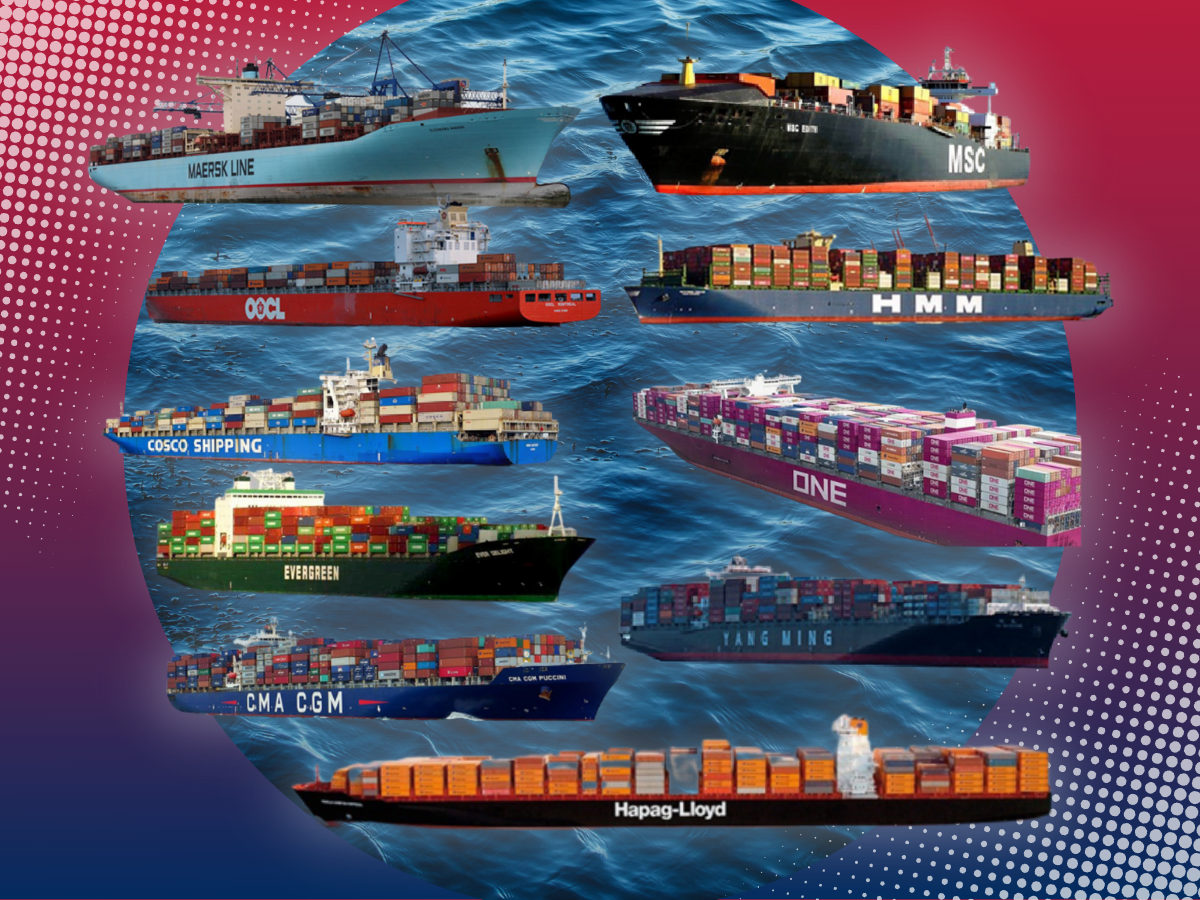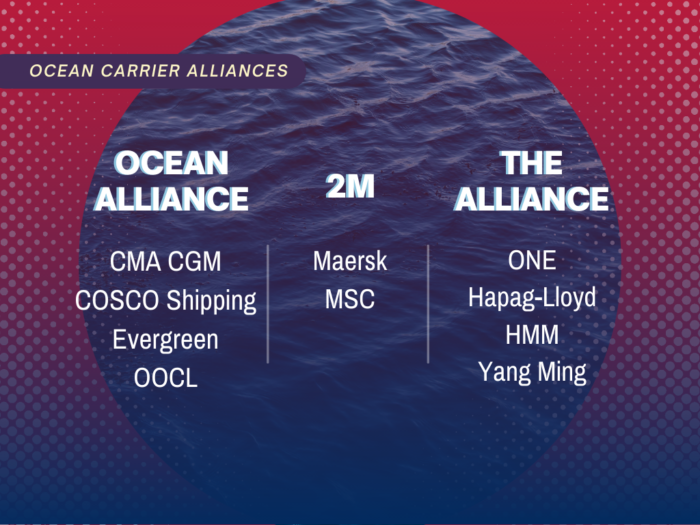
Ocean Carrier Alliances: Then and Now
By NNR USA In Insight On 16th March 2022
What is an Ocean Alliance?
A conference, a co-operative of ocean freight liner companies globally. These companies join by partnering their routes, shared resources, and services for greater geographic coverage and market advantage.
Alliances or conferences were first used in the ocean shipping industry in 1875 by the British with the objective to regulate the competition and reach new markets around the world.
There are three ways that ocean carriers can partner together:
- Slot Charter Agreements: Buying slots on a vessel from another carrier
- Vessel-Sharing Agreements (VSAs): Agreements to operate liner services along a specific route
- Carrier Alliances: Multiple agreements and benefits for individual carriers
Over the many years of shuffling partnerships, conference agreements, and mergers within the liner world, the late 1990s saw a behavior of domination by a few ocean carriers. The industry began to see the total number of operating freight liners reduce significantly.
Early 2000’s we noted a major new shift towards increased new ship build orders for Mega Vessels, with capacities for over 18K Twenty-foot Equivalent Units (TEUs). These orders led to the global need for mega deep ports and changes in operating infrastructure to accommodate these vessels in many countries. Alliance members gained access to otherwise locked-out ports and services.
Current Ocean Carrier Alliances
Since 2017 three major liner alliances have accounted for  about 80% of the global capacity for ocean container transport. They are:
about 80% of the global capacity for ocean container transport. They are:
- 2M Alliance - Two ocean carriers deploy over 8 million TEUs
- Ocean Alliance - Four carriers with 7 million TEUs of capacity
- The Alliance - Four carriers make up the smallest of the alliances, but still maintain over 4.7 million TEUs
These ten ocean carriers make up today’s ocean alliances and are, in fact, the top ten carriers in the world. Most notable is that they hold 95% of East-West trade. Zim remains the only major carrier that has not joined any alliance; however, they hold a strategic cooperation agreement within the 2M Alliance. It is also worth noting that the carrier routings within each alliance are not the complete service compliment from each carrier. Carriers do have service lanes operating outside of the cooperations of their alliance.
Pricing Shift
The start of 2019 encountered an unprecedented market shift in pricing levels. In 2019 we contracted pricing at approximately USD1,600 per container from China base ports to USA base ports. In 2020 that number had doubled, and we easily paid a minimum of USD3,200 per container in the same trade lane. Just this week in March 2022, I noted one container from China to the USA is around USD23,000 if you can get on a vessel anytime soon.
Ocean alliances are strong.
High demand with the short supply of many key resources required to make a container move from country A to country B has led to the highest ocean freight transport costs in history. The global state of affairs now adds to even more restrictions on routes and resources than we have ever encountered, and it is predicted by many this will stay well into 2024.
More rough seas ahead.
Written By


Jenene Bolds
Head of Global Accounts, Commercial Development
NNR GLOBAL LOGISTICS USA - Chicago
Email: jbolds@nnrusa.com
